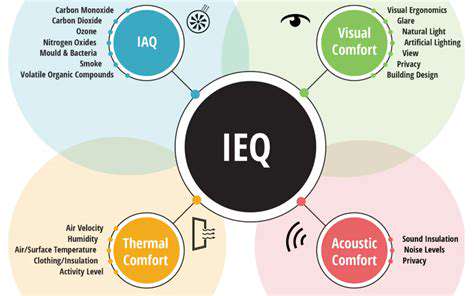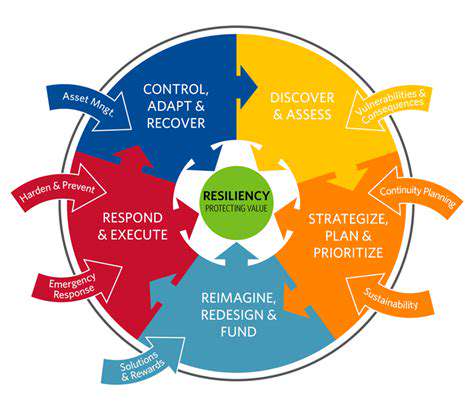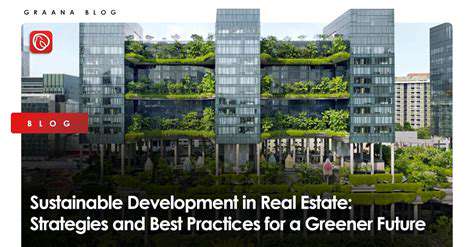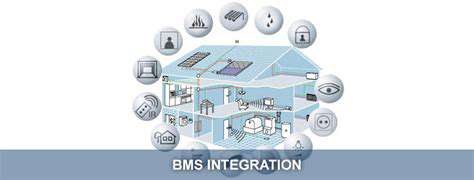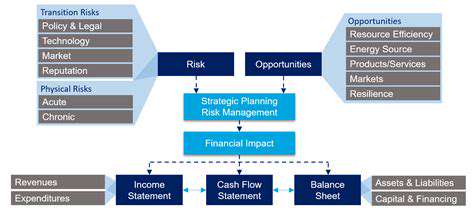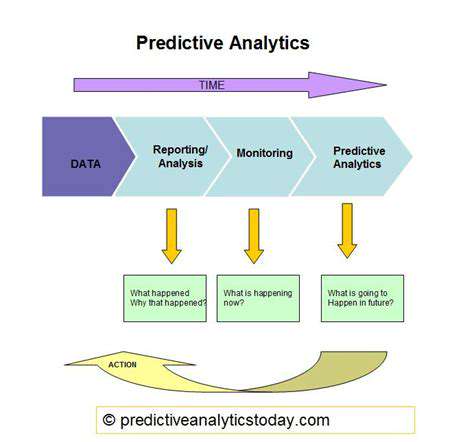Sustainable Real Estate: Driving Value Through Green Initiatives
Upgrading to Smarter Home Systems
The heart of any energy-conscious property lies in its mechanical systems. Appliances bearing the Energy Star label typically consume 10-50% less power than standard models, creating noticeable reductions in monthly bills. Programmable thermostats take this further by learning usage patterns and automatically adjusting temperatures for optimal efficiency. The latest generation of these devices can even detect when residents are away, preventing unnecessary heating or cooling.
High-performance HVAC solutions like geothermal heat pumps demonstrate particularly impressive returns. While the initial investment might appear steep, many jurisdictions offer generous tax incentives that dramatically shorten the payback period. Some municipalities provide additional rebates that can cover 20-30% of installation costs.
Architectural Choices That Pay Dividends
A building's physical design fundamentally determines its energy requirements. Properly oriented windows that maximize natural light while minimizing heat gain can reduce lighting and cooling loads by up to 25%. Insulation represents another area where strategic choices yield outsized returns - high R-value materials in walls and attics create thermal barriers that keep interiors comfortable year-round.
Modern fenestration technology deserves special attention. Triple-paned windows with low-emissivity coatings and argon gas fills can cut heat transfer by nearly 60% compared to traditional single-pane units. When combined with proper weather stripping, these upgrades create an airtight envelope that dramatically reduces mechanical system workload.
Sustainable Materials: Good for the Planet and Your Wallet
The construction industry's material choices carry significant weight. Reclaimed lumber isn't just environmentally friendly - it often surpasses new wood in durability and stability due to decades of natural curing. Recycled steel beams maintain identical structural integrity while requiring 75% less energy to produce than virgin steel. Even seemingly small choices like cellulose insulation (made from recycled newspaper) provide superior thermal performance at lower cost than fiberglass alternatives.
The Compelling Financial Case
Energy-conscious properties demonstrate their value through multiple financial channels. Immediate utility savings typically range from 15-30%, with the most efficient buildings achieving even greater reductions. Market valuations increasingly reflect these advantages, with ENERGY STAR certified buildings commanding 10% higher rents and 8% higher occupancy rates according to recent studies. For commercial properties, these efficiency premiums can translate to six-figure annual income differences.
Navigating Incentive Programs
Forward-thinking property owners should thoroughly investigate available financial assistance. The Database of State Incentives for Renewables & Efficiency (DSIRE) catalogs over 2,000 active programs across North America. Many utilities offer on-bill financing that spreads upgrade costs across multiple billing cycles with zero interest. Some jurisdictions even provide free energy audits that identify the most cost-effective improvements for specific properties.
Tracking Performance for Continuous Improvement
Implementing efficiency measures represents just the first step. Submetering critical systems allows for granular tracking of energy flows, revealing unexpected consumption patterns. Cloud-based monitoring platforms can flag anomalies in real-time, like an HVAC system running overtime due to a faulty damper. This data-driven approach enables property managers to make targeted adjustments that compound savings over time.
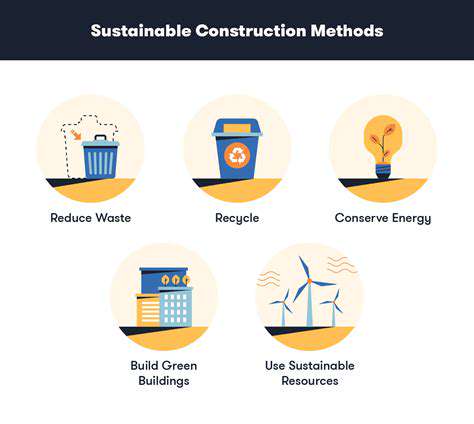
Modern educational technology acts as a force multiplier for personalized instruction. Adaptive learning platforms can analyze student responses in real-time, adjusting difficulty levels automatically. These systems provide teachers with invaluable insights while giving students immediate feedback.
